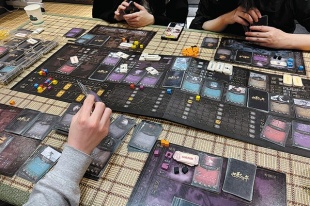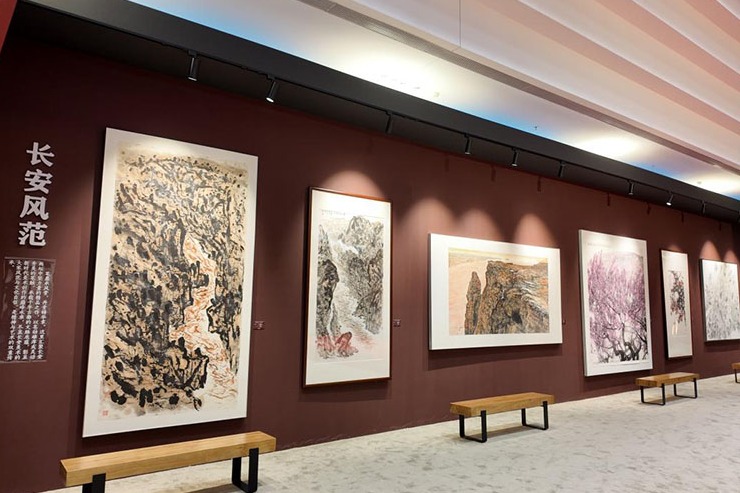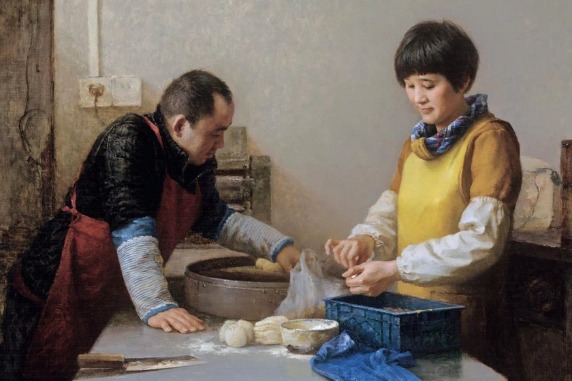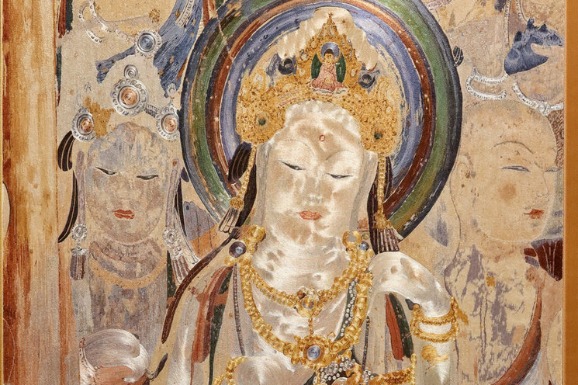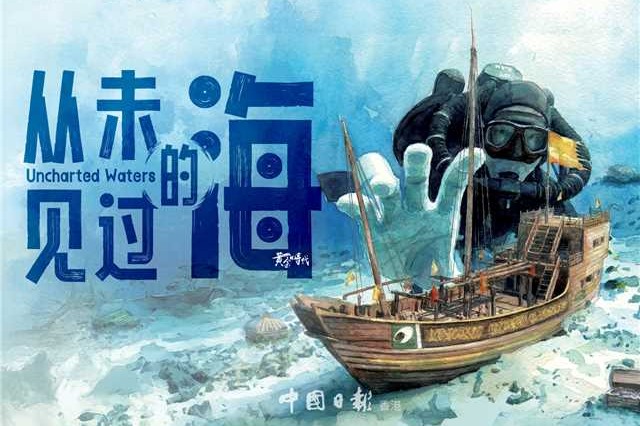Building decks


A Chinese-made board game, based on world film history, has been launched, Xu Haoyu reports.
On March 22, 1895, a short footage of Exiting the Factory, shot by Louis Lumiere, was projected onto the walls of the Grand Cafe in Paris, and film was born.
It took less than 10 years for audiences to adapt to the new art form, from being terrified to see an incoming train on-screen to being able to remain calm facing robbers' guns in The Great Train Robbery.
Yang Zhixue, a 34-year-old Beijing resident, has condensed film history into a German-style deck-building board game, Film Centenary, allowing players to devote themselves to the development of the film industry in different eras and regions.
After two years of designing and testing, the preorder version of the game was officially launched on Gstone, an application for tabletop gamers in China that has over 1 million users, on March 22 at 8 pm (local time). Over 600,000 clicks streamed in and the limited 2,500 stock was sold out in some 4 minutes, just enough time for consumers to put in their delivery address. It marked a historic moment-the fastest tabletop game launch on Gstone.
Yang, one of the screenwriters of the Chinese sci-fi film The Wandering Earth, says the project officially started in October 2019.
"At first, my goal was to create a world-class product, but by 2021, my only wish was to complete it," he adds.
It was Yang's first time getting his hands on the whole process of producing a board game. He pictured himself leading a team of 10 people at first, but in the end the number went up to 30, covering production, art, user interface design, typesetting, proofreading, marketing and sales.
Organizations such as China National Film Museum, Shanghai Film Group and French Cinematheque, as well as Li Yiming, an expert who has been researching Chinese and foreign film history since 1985, played the role of academic adviser in the project.
Over 100 stills from various films have been used in the game while the rest was taken from the public domain. It took a year and a half to obtain authorization for the stills. At first, Yang had no clue about whom to contact. He sent out many emails to original producers of the films he picked, but the response was not particularly encouraging until French Cinematheque came into his sight. Yang says many stills no longer belonged to the studios that made the films but with collection agencies. With help from French Cinematheque and his friends, Yang reached out to the agencies in different places. He describes the process as "crossing the river by feeling the stones".
Getting stills
Yang says he got the authorization of some stills easily.
The Clip& Still Licensing Department of Warner Bros provided a clear item form to him; Shanghai Film Group saw the game as a meaningful product and provided some stills for free that it could; Shochiku from Japan asked dozens of questions through a number of emails, and eventually declined the cooperation request with the concern that Yang's studio might be too small to protect copyright of the stills; he failed to get authorization of one still from a French agency because their staff members were not available due to the pandemic on the day that Yang was supposed to pay.
He says he once considered hiring artists to paint classic scenes from films, but he couldn't fight the thought of presenting the original stills. It was "worth the effort", he adds.
Yang made a quick decision on the core mechanism of the game.
Following the development of the international film industry, the game is divided into three different eras, presenting different genres. The first era shows the birth and development of film from 1895 to the 1920s, marked by the screening of Exiting the Factory, featuring genres such as "montage school","German expressionism" and "Kinoeye". The second era captures the significant moments in film history from 1930 to the 1960s, such as the establishment of Hollywood. The genres include "classical Hollywood", "Italian neorealism" and "French poetic realism". At last is the modern era, which began with the emergence of the new wave from the 1960s to the 1990s. During the era, New Hollywood, French New Wave and Left Bank Group injected fresh blood into the industry.
The game map contains four regions: Eastern Europe, Western Europe, North America and Asia. In all three eras, a player has to gain more market share and dominate the region. Also, to stay close to history, the Asian market can't participate in the first era, as the first large-scale film studio in Asia was built around 1922.
The players can run a film company for "100 years", compete with peers in various regional markets, develop their industrial technology and aesthetics over three eras, and become the most prestigious company in the industry to win the game.


